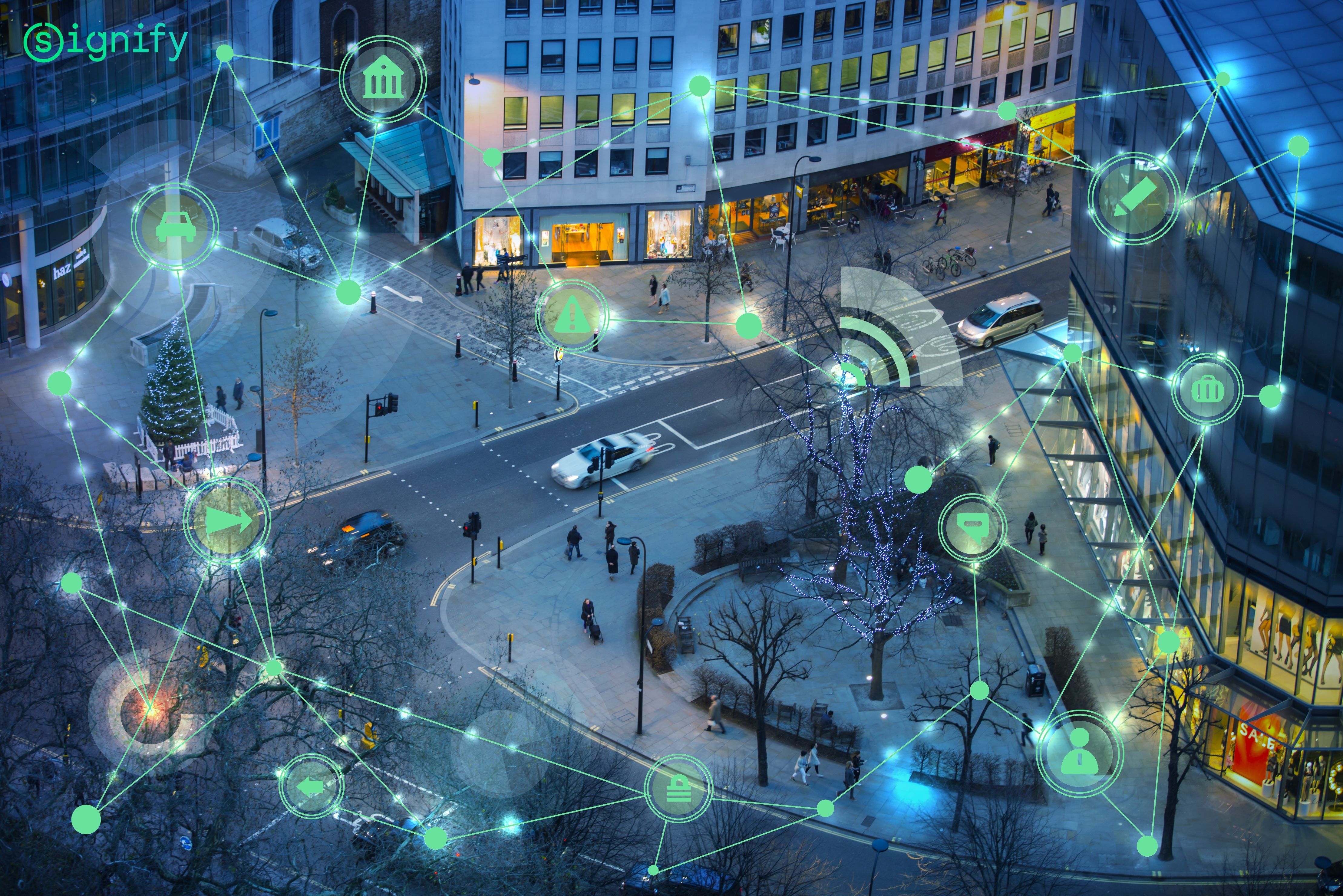Optimization and automation of educational processes are essential tools for ensuring quality and shaping educational policies. While the system currently accepts applications and verifies data, the process of school assignment is not automated, requiring significant human resources and time to ensure a smooth student admission process. This is just one of the possible areas for improvement, as Panevėžys seeks to provide more information to the public. Therefore, functionalities that could involve parents of students would be highly beneficial. Additionally, the education sector holds vast amounts of data, and its analysis could contribute to more effective decision-making within the city municipality.
The current challenge in Panevėžys revolves around optimizing and automating eeffectiveness in student admissions to schools. Currently, the system accepts applications and verifies data; however, the process of school assignment is not automated. This manual process consumes significant human resources and time, leading to potential errors and inefficiencies.
Analysis of Current System:
The analysis of the current system reveals several areas for improvement. Firstly, the lack of automation in the school assignment process results in a cumbersome and time-consuming procedure. This manual approach not only increases the likelihood of errors but also diminishes the trust of residents in the system due to delays and inefficiencies.
Furthermore, the reliance on manual processes limits the scalability and adaptability of the educational system to meet evolving needs and demands.
Moreover, the absence of automated functionalities hinders parental involvement in the educational journey of their children. By integrating features that facilitate parental engagement, such as real-time updates on admissions status and school information, the educational system can foster stronger partnerships between schools, parents, and students.
Opportunities for Improvement:
To address these challenges, there are several opportunities for improvement. Implementing automation technologies in the school assignment process can significantly reduce manual efforts and streamline operations. By integrating data analytics capabilities, the educational system can gain valuable insights into enrollment trends, student demographics, and resource allocation, enabling informed decision-making and resource optimization.
Furthermore, enhancing the system's transparency and accessibility through digital platforms can empower stakeholders, including parents and students, with timely information and resources. Leveraging technology to create user-friendly interfaces and communication channels can improve engagement and satisfaction levels among stakeholders, ultimately enhancing the overall educational experience.
Overall, by embracing innovation and technology-driven solutions, Panevėžys can overcome the current challenges in educational processes and pave the way for a more efficient, inclusive, and student-centric educational system.
Requirements - a simple and effective method is needed to manage the education system data, create opportunities and values for both municipality employees and students and their parents. Since the data is sensitive, security standards must be applied at the highest level.
On progress

We are looking for solutions that enhance overall urban security and strengthen business vitality by integrating multiple data sources, leveraging advanced analytics and AI methods, and actively engaging both residents and businesses. To improve safety and the business environment, we seek solutions that: Collect and analyze data from various sources, such as sensors, pedestrian and traffic flows, crime statistics, and other urban environment metrics. Detect anomalies and anticipate risks, such as potential safety threats, disruptions, or patterns related to crime and public disturbances. Actively engage local businesses and residents to ensure the solutions provide value to different user groups and support sustainable urban development.

We are looking for a solution that meets the following requirements as far as possible: Suitability for proof according to §8a BSIG with corresponding reporting Illustration of ISO 27001, ideally with BSI IT-Grundschutz as a set of rules Timely updateability in the event of changes to the law (e.g. NIS2 implementation law or Kritis umbrella law) Interfaces of your solution to other systems (e.g. interface to IT inventory tools, to employee master data management systems, etc.) Audit security and traceability of historical statuses Mapping of emergency management/business continuity management (e.g. BIA, restart plans, emergency documentation and contacts) including offline availability Does the tool allow BSI vulnerability reports to be checked automatically? What does a sensible implementation strategy (e.g. change management and training) look like? How can the information from the old system be migrated to the new system as effectively as possible according to IT-Grundschutz? The challenge giver will be available again for questions from August 19, 2025.